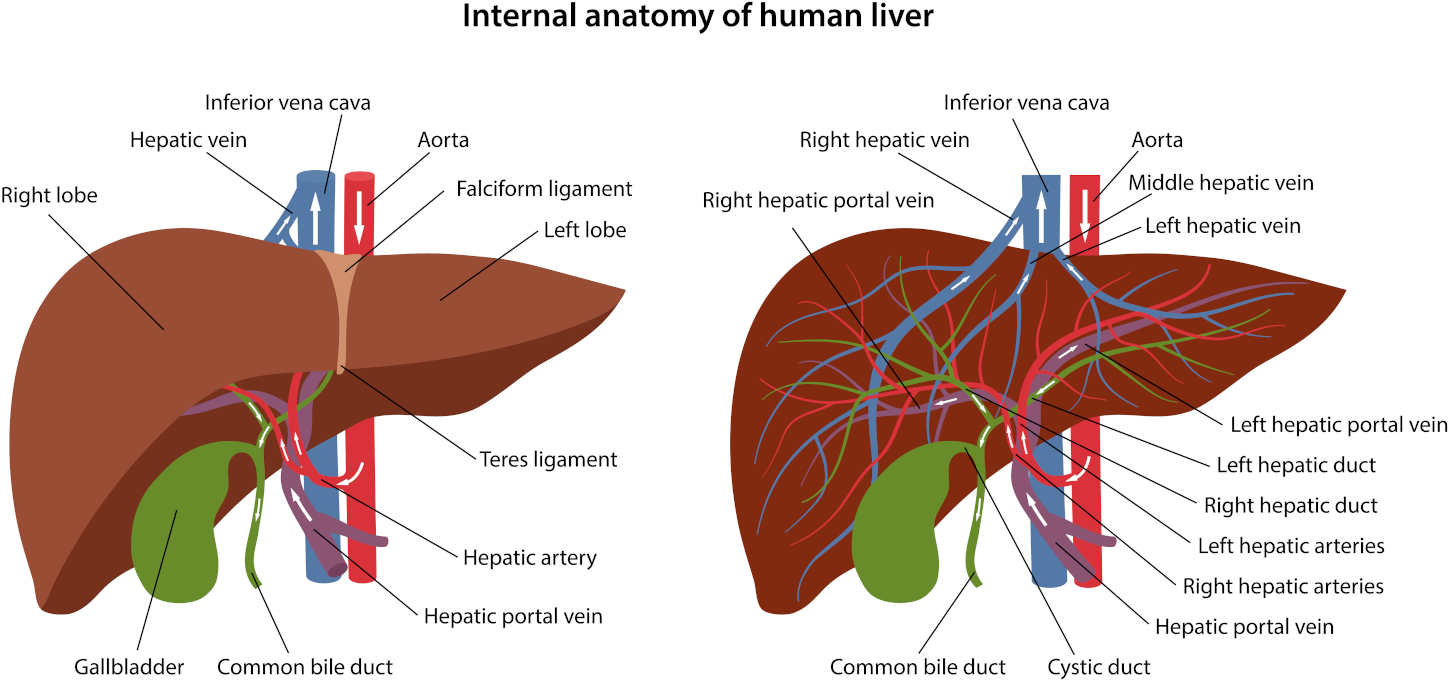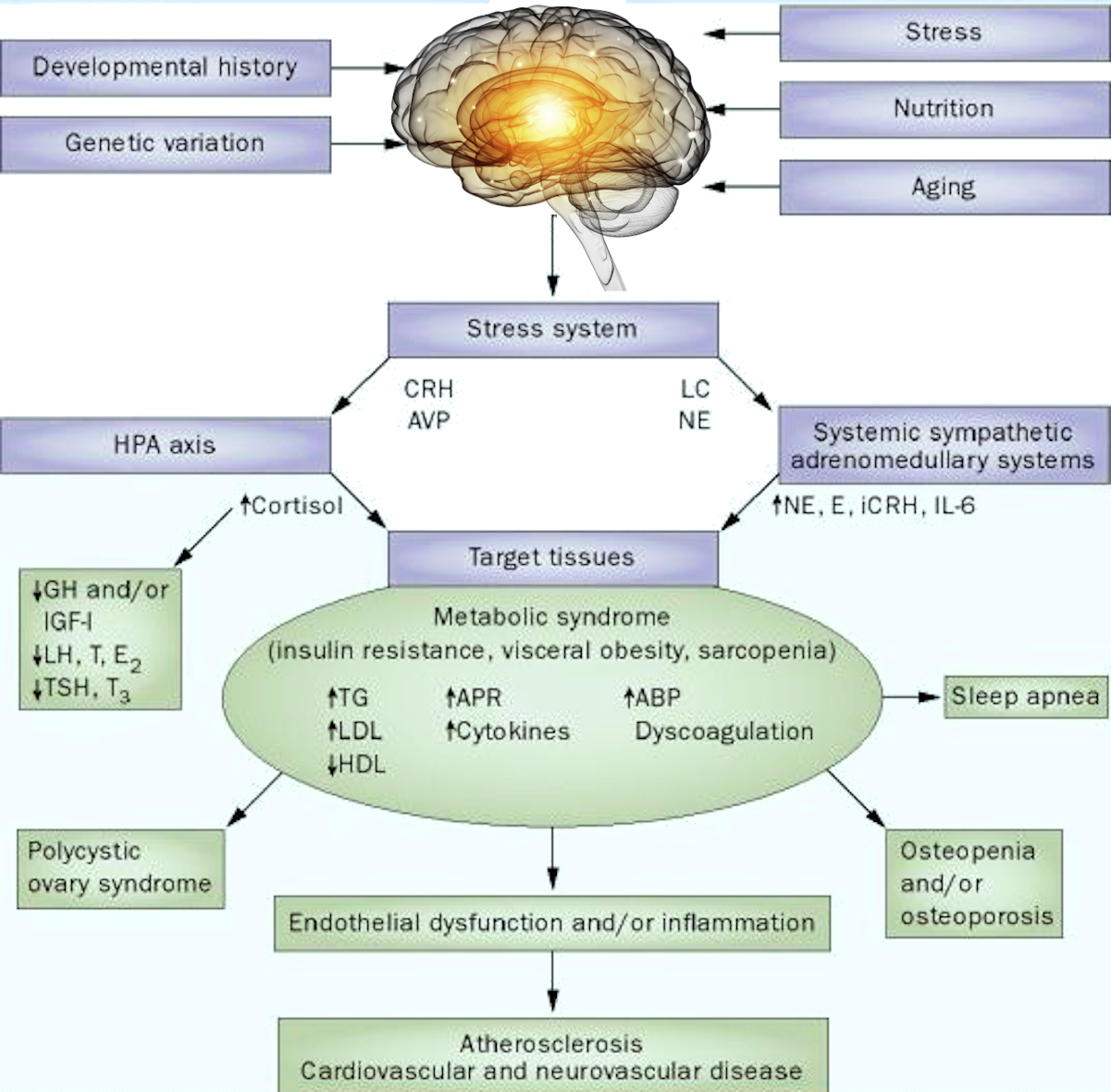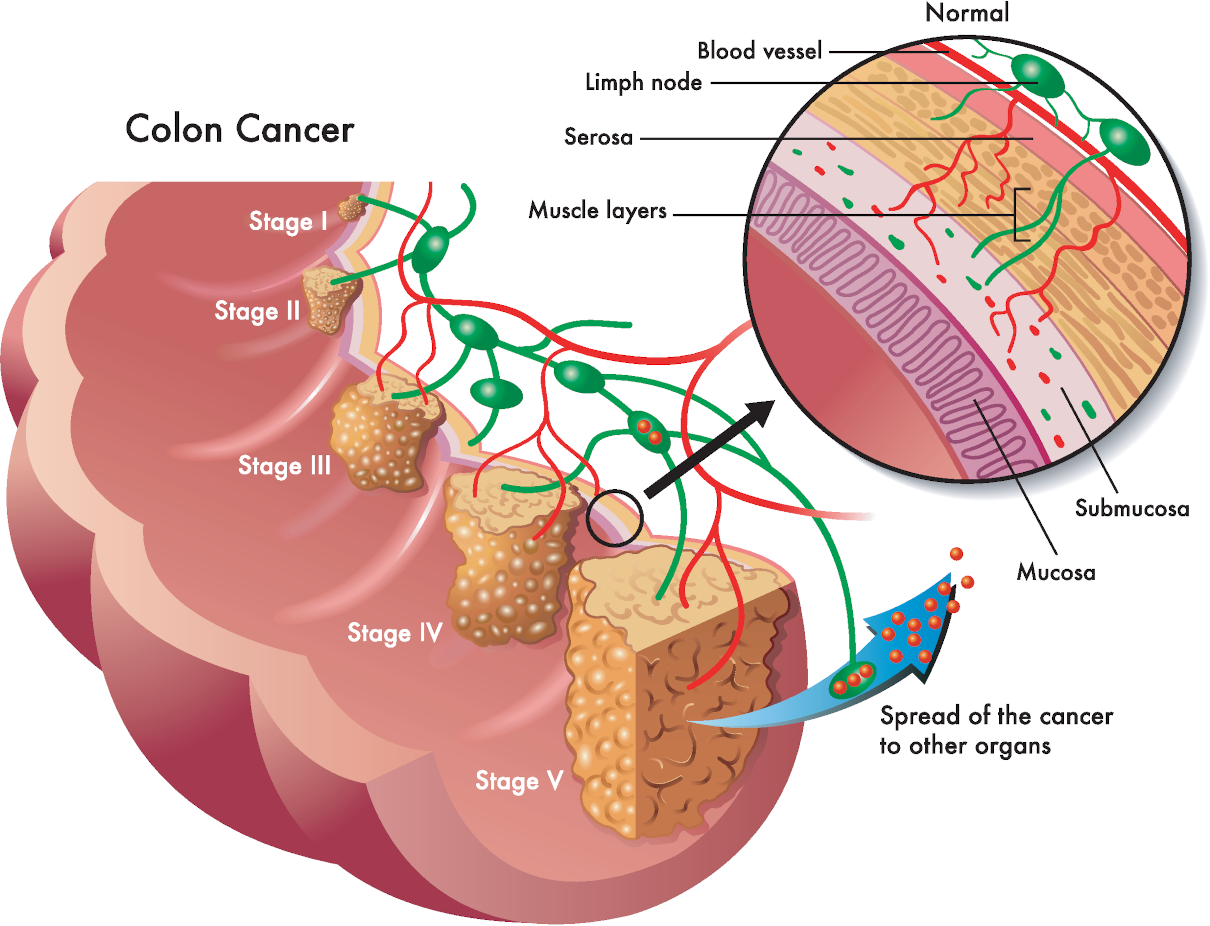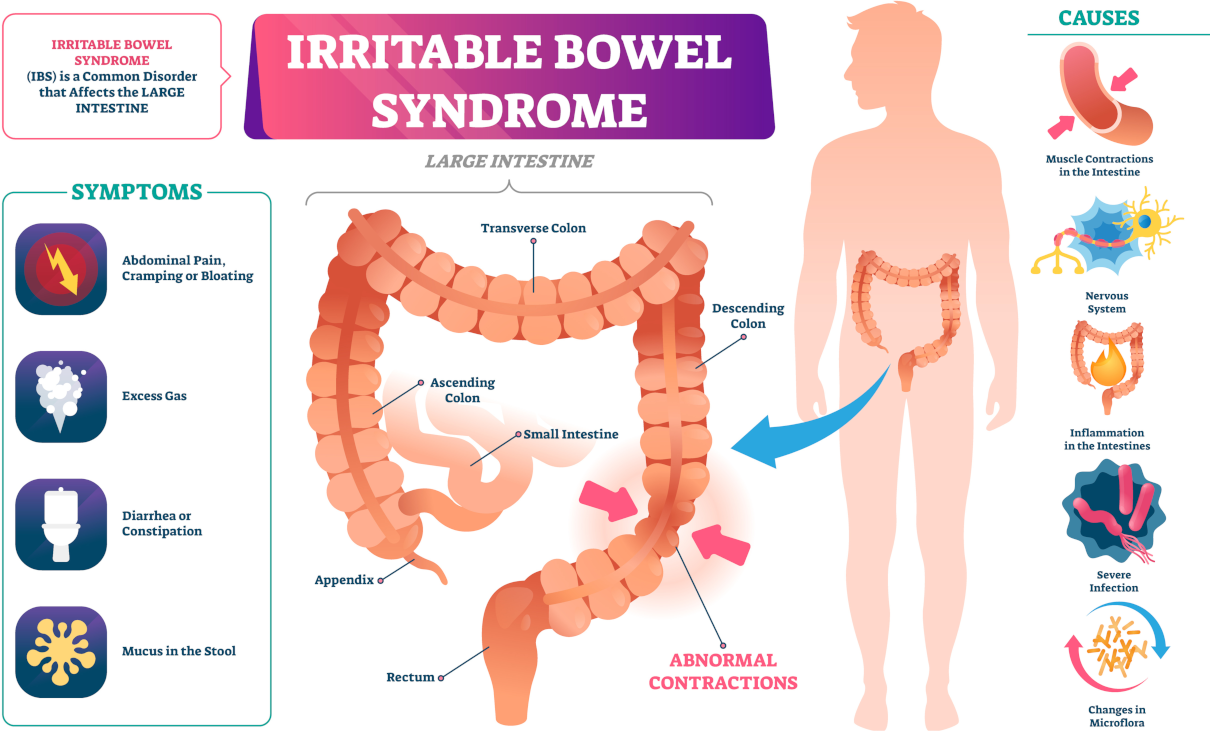
Acute respiratory infection features severe cataracts of the upper respiratory tract. They belong to the anthroponotic group featuring an airborne transmission mechanism. Besides, the disease often affects children. There can also be sporadic cases and epidemic outbreaks.
Etiological agents
The acute respiratory infection features can cause a significant number of (over 200) different etiological agents, such as
- influenza viruses of different antigenic types and variants,
- parainfluenza viruses – four kinds,
- adenoviruses – thirty-two classes,
- reoviruses – three varieties,
- rhinoviruses – over one hundred types,
- coronaviruses – four types,
- the respiratory-syncytial virus,
- enteroviruses – about seventy types,
- the simple herpes virus,
- mycoplasmas,
- streptococci, staphylococci and other bacterial agents.

Colonic hydrotherapy with lemon juice enema
Discover the natural path to wellness with Parkland Natural Health. Colonic hydrotherapy with lemon juice belongs to acid enemas, in which lemon juice is added to the water injected into the bowels.
Сhanges
Moderately expressed symptoms of general intoxication, predominant affection of the respiratory tract’s upper departments, and benign progress exemplify those changes. Besides, the localisation of the most expressed changes in the respiratory tract depends on the patient’s kind of originator.
Symptoms of respiratory infection features
In the case of adenoviral diseases, nasopharyngitis prevails. Also, parainfluenza primarily affects the larynx, influenza – affects the tracheas and the respiratory-syncytial virus – affects the bronchial tubes. Besides affecting the respiratory tract, some etiological agents may also cause other symptoms.
Moreover, enteroviral diseases may reveal the symptoms of epidemic myalgia, herpangina and exanthema. If not complicated by pneumonia, the acute respiratory illness may last for a period varying from two to three to five to eight days. Moreover, pneumonia may delay recovery, taking three to four weeks to cope.

Boyzone waxing including back, sac and crack
Modern hair removal methods allow a man to eliminate unwanted hairiness in intimate areas for up to three weeks. Our specialists have all the necessary skills and perform bikini waxing for men quickly, efficiently and safely in our London clinic.










